Jul 11, 2025
Author:Lisa Martinez
Have you ever seen a fluffy cat with beautiful blue eyes and an adorable face? It was most likely a Himalayan. These cats have an attractive appearance and are quiet and docile. They have long, soft coats and a loving nature, and it is not hard to understand why many people fall in love with them at first sight.

However, Himalayans are not only about appearance. They require frequent grooming, a calm atmosphere, and some additional care to remain happy and healthy. This guide will discuss all you need to know about Himalayan cats, their personality, care routine, potential health issues, expenses, and whether they may be the right choice in your home.
The Himalayan breed originated in the early to mid-20th century when Persian cats were crossed with Siamese to create a long, plush coat with beautiful pointed coloring and blue eyes. The Cat Fanciers Association standardized these colorpoint Persians in 1957. The Himalayans of today still have a luxurious appearance and a sweet disposition and are still lap cats.
Average Himalayans are 7-12 lbs and are medium to large with a stocky body. Their most outstanding characteristic is the silky, long fur and unique color points on the ears, face, paws, and tail- they can be seal, chocolate, blue, lilac, cream, red, tortie, lynx, and shaded.
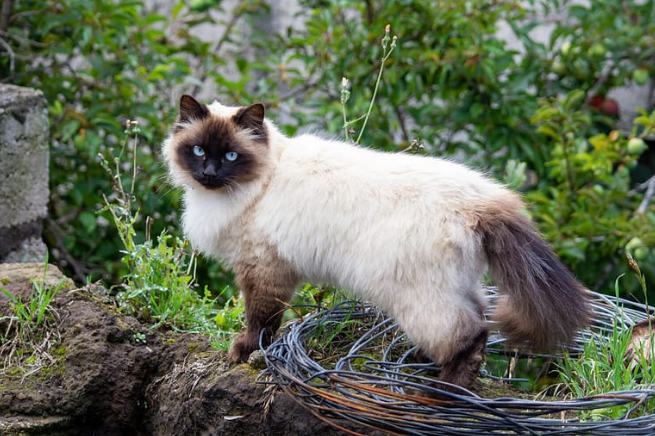
These fancy coats also imply daily brushing to avoid matting and reduce shedding. To get grooming tips and equipment, read a comprehensive guide to cat grooming necessities. Their luxurious look is maintained by using a slicker brush, a fine-toothed comb, and trimming sessions.
Himalayans are very docile, affectionate indoor cats. They also love good cuddling time and are not needy or noisy. Simultaneously, they will brighten up when it comes to interactive toys such as feather wands, treat puzzles, or laser pointers. If you want to enhance the playtime of your Himalayan, read about cats' habits and behaviour.
They suit the calmer home-grown better-suited to the adult and tender with the older child, but become overstrained in the most hectic of homes.
Himalayans are smart cookies. They pick up routines fast-meal times, nap rituals, bedtime cuddles- they will pick all of that. They may be taught to sit, retrieve light toys, or even to answer to their name with encouragement and treats.
Their social nature extends to other pets. Himalayans tend to cohabit nicely with calm cats or even gentle dogs. A smooth introduction process is key—start slowly, let them sniff and acclimatize.
That flowing coat requires true dedication. Brushing daily can prevent mats, decrease shedding, and decrease hairballs. Most owners have their fluffs professionally trimmed every few months, particularly around the face and underbelly, to ensure their fluff remains clean and free of mats. Their grooming routine is completed with regular ear cleaning, nail clipping, and dental care.
Want to enjoy grooming your cat? Then check out detailed advice on cat grooming essentials, which will lead you to the most suitable tools and relaxing methods.
Himalayans are strong in general, yet their breeding has a couple of caveats in terms of health:
● Breathing problems because of their flat faces and snoring, difficulty in breathing, or drainage of their eyes.
● Himalayan and Persian lines are prone to polycystic kidney disease (PKD), and it is important to screen them at an early age.
● Sensitivities of the eyes and skin, such as tear stains and dermatitis.
● Blockages of the hairball, due to excessive fur intake in the grooming process.
● There have been rare cases of hip dysplasia.
They live 10-15 years (with frequent vet checkups, particularly cardiac and kidney screening) and even 18+. Selecting a veterinarian will help you get a vet who knows what to look for.
Himalayans thrive in tranquil, stable homes. Noisy TV, chaotic kids, or a packed schedule may stress them out. Provide plush beds, peaceful corners, and possibly soft background sounds. Here are tips for home enrichment for cats that offer great setup ideas.
A balanced diet helps in weight management, decreasing hairballs, and kidney health. In case your cat has problems with hydration, add high-moisture food or buy a pet water fountain.
These cats are not the high-energy runners, but they enjoy short and playful bursts, that is, feather teasers or small chase games. Treat-dispensing toys and puzzle feeders are both mentally and physically stimulating. This behavioral guide is enriched with some fantastic strategies.
Make sure to have fresh water at all times- fountains are good at attracting cats to drink. And on litter, use a low-dust, unscented kind to maintain respiratory health.
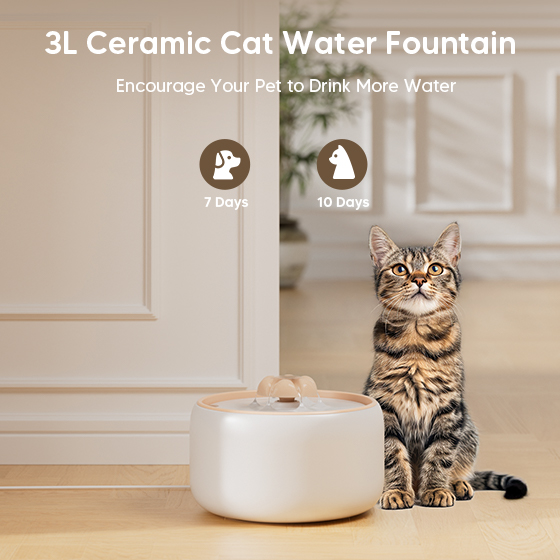
Himalayans are generally easy-going:
● Kid-friendly: Calm, patient, and tolerant of gentle handling, though supervision is still key.
● Multi-pet harmony: They integrate well with calm dogs or quiet cats. Controlled introduction helps establish peaceful coexistence. Again, Wopet’s intro guide offers excellent support.
However, loud, chaotic homes with racing children or frequent small creatures may stress them out. They flourish in tranquil, loving environments.
Yes, you can train a Himalayan! Treats and positive reinforcement can be used to teach simple commands, such as sit, come, touch, and even fun things, such as fetching. They enjoy frequent brushing and massage, which creates trust and is enjoyable to both of you.
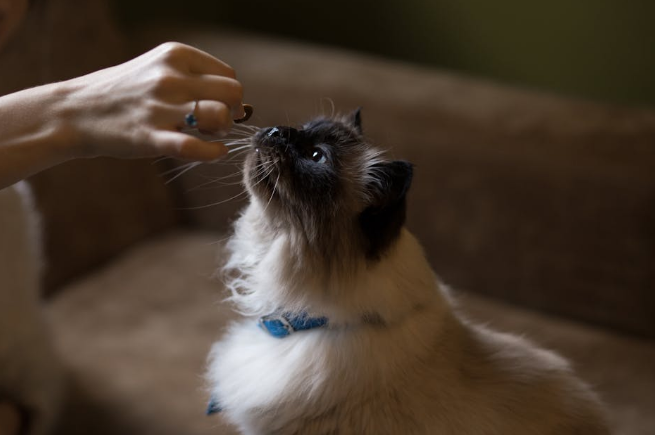
Here is a cat behavior and habits guide filled with bonding strategies.
Buying a Himalayan from a reputable breeder costs $1,000–$2,500, depending on lineage and registration. Adoption? It's a wonderful choice—look for rescues or shelters where colorpoint Persians might go underdogs.
Remember to budget for:
● Grooming tools & services
● Quality food
● Vet visits and screenings
● Toys, beds, and accessories
|
Pros |
Cons |
|
Gentle, affectionate, and calm |
Daily grooming & maintenance required |
|
Ideal indoor family companions |
Prone to health issues (respiratory, PKD) |
|
Good with calm homes and pets |
Grooming or vet costs can add up |
|
Trainable and sociable |
Moderate play needs, but not super active |
Ask yourself:
● Are you prepared for daily grooming and occasional professional trims?
● Do you enjoy a calm, affectionate companion more than a hyperactive breed?
● Is your home peaceful and low-stress?
● Are you ready to breed specific health issues?
If you answered 'yes' to most, a Himalayan could be a perfect fit.
● Prepare a grooming station with brushes, combs, and detangling spray- make it a relaxing routine.
● Include hairball prevention in their diet, such as wet food with fiber.
● Promote drinking water by installing a drinking fountain.
● Keep the air inside clean: low-dust litter and no strong perfumes.
● Make vet appointments for the kidney, heart, and teeth.
● Offer stress-relieving hiding places and soft beds.
● Turn puzzle toys to promote soft play.
Real Himalayan owners on forums share:
'My Himalyan snores like a teddy bear—it’s endearing and soothing after a long day.'
'Grooming takes some effort, but her presence and those deep-blue eyes? Worth every brush.'
Their stories echo how much these cats enrich quiet, caring homes.
Are Himalayan cats good pets, then? Definitely, yes, you are drawn to their docile, loving, and gorgeous temper and are willing to groom and take care of them regularly. A Himalayan is not just a pet; it is a regal pet with time, effort, and love.
Label:
Popular Post

What to Feed a Sick Dog With No Appetite? [2025 Guide]
May 16, 2023
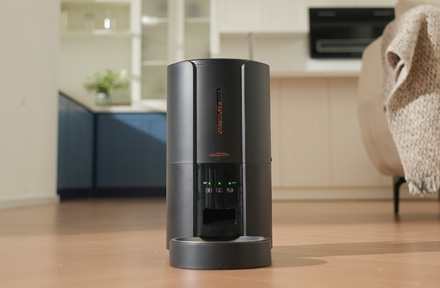
Troubleshooting Common Issues with Automatic Pet Feeders: Tips & Tricks for Pet Owners
Oct 26, 2023
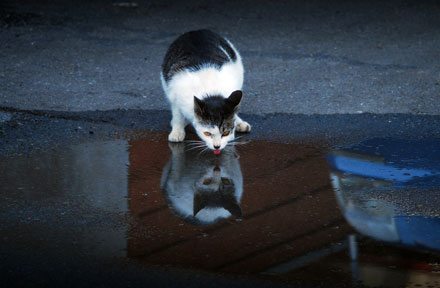
Why Does My Cat Cough After Drinking Water? 8 Potential Reasons
Mar 13, 2023
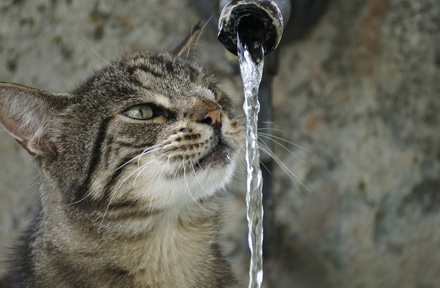
Why is My Cat Throwing up Water? Top 5 Causes Here
Feb 08, 2023
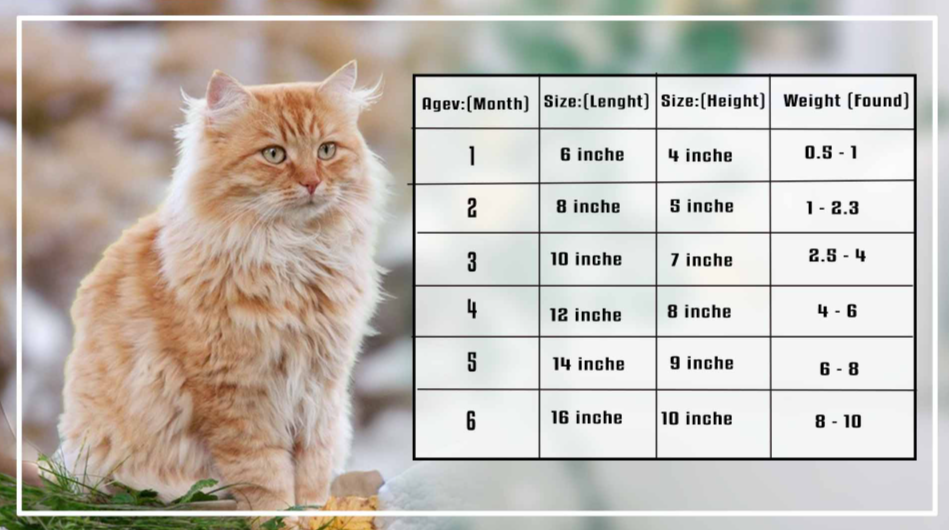
What is a standard Cat Weight chart by age Kg?
Mar 19, 2025
$99.99
$129.99
Copyright © 2025 WOPET. All Rights Reserved.